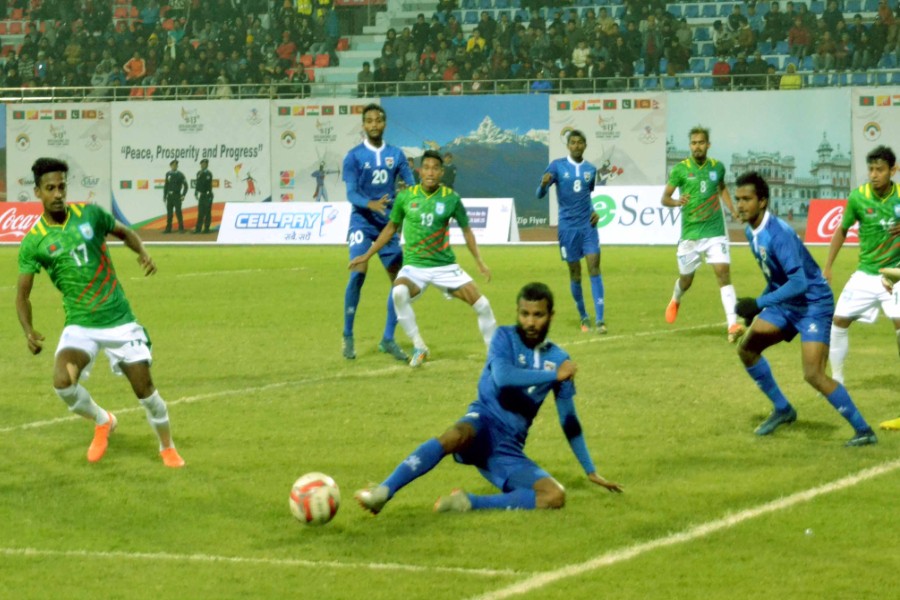Asia has the most number of football playing nations after Africa. But it’s quite astonishing that Asian teams have never been threats to reckon in the footballing world. Asian football playing nations do not even have any financial problems like the Africans. So what is the excuse here?
The best ever finish in a FIFA World Cup by a member of Asian Football Confederation (AFC), the organisation responsible for governing football in Asia, is 4th, a feat which was achieved by the South Korean National Football Team in the 2002 Fifa World Cup.
Apart from this, the other notable performances are a quarterfinal finish by North Korea in 1966 and a few second-round finishes by Japan, Saudi Arabia and Australia (the country which has been a member of AFC since 2006).
Why are Asian teams struggling in the biggest stages? Can we look out for some issues?
Scarce talent
Asian teams are not as consistent as their counterparts from Europe or South America are in terms of producing footballing talents. As European Club football is the most dominant stream in football both in terms of finance and global outreach, the global footballing talent is mostly consolidated within the top five European leagues.
On the other hand, the number of top-quality Asian footballers in those leagues are quite low at present with Son Heung-Min and Takumi Minamino being the noteworthy examples only.
Stigma regarding the profession
The perception that Asians have regarding sports is a factor behind failure. Asians like most of the people in this world are extremely passionate about the game as a whole; but sports as a profession is frowned upon by the majority here. Although the situation has been changing in the recent past, this very reason is preventing a lot of potential talents to come out of Asia.
Poor infrastructure
Another reason is lack of proper infrastructure. Many Asian countries are financially not that strong to spend for football’s infrastructural development.
Although the countries in East Asia like Japan and South Korea are economically quite developed, they too are far behind in terms of infrastructure of the game compared to Europe and South America. However, they are better off than their most Asian counterparts, something which makes them two of the few countries churning out many world-class professional footballers from the entire continent.
Lack of athleticism and unhealthy diet
To be a professional footballer in the modern days requires extreme athleticism and physical prowess along with technical abilities. This is a reason that keeps Asia far behind from others. Traditional Asian diet has to take responsibility here.
Most of the Asian countries are primarily reliant on foods which are rich in carbohydrates like rice, and these types of foods are quite detrimental for the athletes as they require extreme vigour and stamina.
Bangladesh would be a good example here. Jamie Day putting a restriction on the footballers from consuming rice stirred the social media last year. This decision was taken before the world cup qualifiers as one of the highly praised approaches undertaken by the national team’s coach and the improvement of stamina has been visible.
Not many tacticians
As most of the football tactics and philosophies have been developed in Europe and South America, homegrown managers in Asia have not always been able to adopt those properly.
However, with the inception of Hero Indian Super League, many prominent footballer-turned-managers, for instance Zico, have flocked to Indian football. Bangladesh football team’s current manager Jamie Day, who played English top flight professional football is another example as both his tenure with the national team as well as the U-23 national team is highly respected by the critics.
Pre-season tours from European giants helping Asian football
As mentioned previously, Asians are extremely passionate about football and since there is a huge market in Asia, most of the elite European clubs are trying to make themselves more popular in this thriving market. Before the start of any footballing season, it is almost certain that at least one top European club will make a visit to China, the country with the highest population in the entire world and a country which follows football with fervour.
A ray of hope
Although a lot of problems are plaguing Asian Football at the moment, a lot of positives are happening simultaneously. Huge investment in the Chinese Super League has made it possible to attract world class footballers like Oscar and big names like Fabio Cannavaro in the managerial scene.
Similarly, World Cup winner Spanish legendary midfield duo Xavi Hernandez and Andres Iniesta are lightening up the football of Qatar and Japan respectively with their presence.
Players who completed their footballing education in Europe are declaring their allegiance to their Asian countries of origin in recent times. A notable example is that of the current captain of Bangladesh National Football team Jamal Bhuyian. Taking all these into account, Asian football might have a chance to flourish.
Rassiq Aziz Kabir is a student of Economics at the University of Dhaka.


